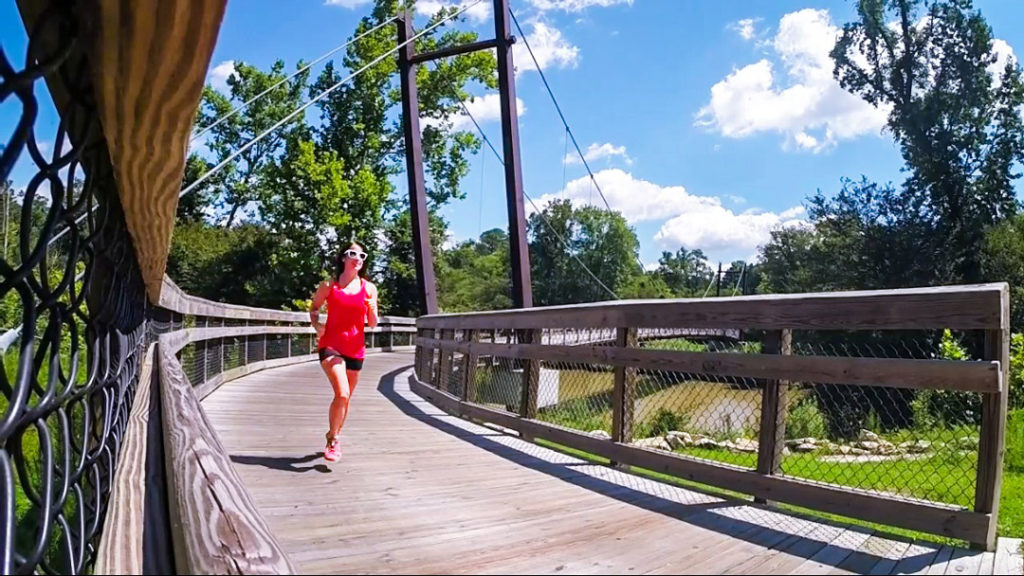
Summer is here and it’s important that you plan and prep appropriately when exercising in the hot and humid conditions.
Failing to plan and prepare for exercise in the heat can be detrimental to your health and performance and may even result in heat related illness, which can be very serious and possibly life threatening.
The three primary heat illnesses to be aware of are:
1. Heat Cramps
Heat cramps are painful muscle contractions that mainly affect the calves and quads in multisport, but may also be felt in the hamstrings and even abdominals as a result of poor hydration status and electrolyte imbalance.
2. Heat Exhaustion
Heat exhaustion occurs when body temperature rises above 103 degrees and may be associated with nausea, vomiting, headache, fainting, weakness and cold, clammy skin. If left untreated, this can lead to heatstroke.
3. Heatstroke
Heatstroke is a condition that occurs when your body temperature is greater than 104 degrees. Your skin may be hot, but your body may stop sweating to help cool itself. Typical symptoms are confusion and irritability. You need immediate medical attention to prevent brain damage, organ failure or even death as heatstroke can be fatal if left untreated.
There are many steps you can take to prevent yourself from suffering from heat illness making sure that you have the best workout possible in hot conditions:
1. Run in the morning or evening when it’s cooler. If that’s not possible, then try to find a running route that provides a lot of shade.
2. Wear loose, moisture-wicking, light-colored clothing to help pull sweat away from the skin.
3. HYDRATE often! Make sure to hydrate every 15 minutes with water or a sports drink, if possible bring a cooler with you, keeping your drink cold can help cool down your core temperature much faster when training. You can also prepare an extra bottle of water you can use to pour over your head.
4. Replenish electrolytes during longer workouts.
5. Cool yourself with ice packs, cold towels and cold water.
6. Protect yourself from the sun by wearing sunblock, shades, and a visor.
7. Slow down your pace because your heart rate is already higher from the heat and humidity. 30 to 90 seconds per mile slower is common in hot/humid weather.
8. Rehydrate and refuel. Begin to rehydrate immediately post workout and take in nutrition to begin the rebuilding and replenishment process.
Running in the heat doesn’t have to be avoided or keep you indoors on treadmills. By educating yourself and taking some small precautions like those mentioned above you can continue your marathon training regardless of the conditions. So, be safe, have fun, and enjoy your training!
Paula Smith, ACE CPT
